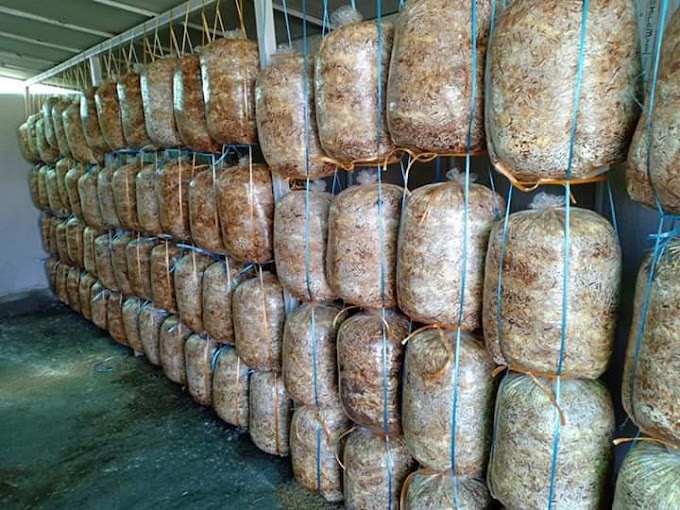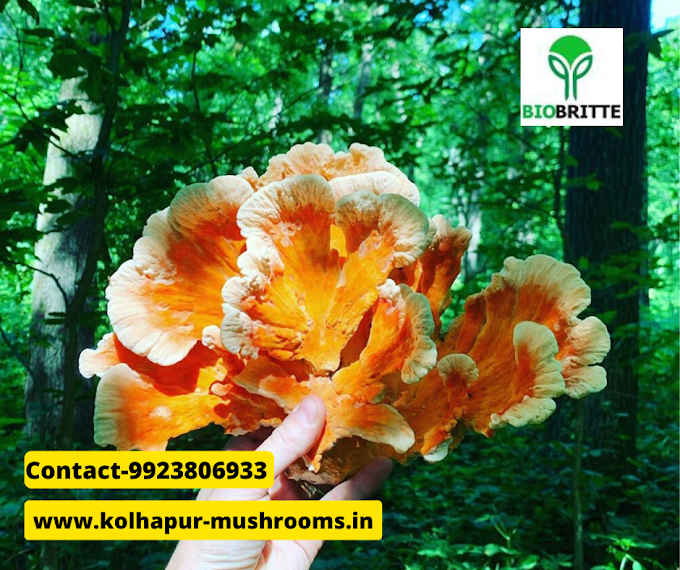Examples of Fungi used in Bioremediation
Mushrooms play a significant role in bioremediation, the process of using biological organisms to remove or neutralize contaminants from the environment. This process is crucial for cleaning up pollution in soil, water, and air.
Several fungi species are employed in bioremediation due to their ability to degrade or absorb contaminants effectively. Here are some examples:
1. White Rot Fungi (e.g., Phanerochaete chrysosporium): White rot fungi are well-known for their ability to break down lignin, a complex polymer found in wood and plant material. This capability also extends to various environmental pollutants, including polychlorinated biphenyls (PCBs), polycyclic aromatic hydrocarbons (PAHs), and dyes. Phanerochaete chrysosporium, in particular, has been extensively studied for its biodegradation properties.
2. Oyster Mushroom (Pleurotus ostreatus): Oyster mushrooms are widely used in mycoremediation due to their versatility in degrading a range of contaminants. They can break down hydrocarbons, pesticides, and heavy metals. Additionally, oyster mushrooms have been employed in mycorestoration projects to remediate oil-contaminated soil and water.
3. Shiitake Mushroom (Lentinula edodes): Shiitake mushrooms possess enzymes capable of breaking down cellulose and lignin, making them useful in degrading organic pollutants. They have been studied for their ability to degrade petroleum hydrocarbons and can also accumulate heavy metals such as cadmium and lead.
4. King Oyster Mushroom (Pleurotus eryngii): King oyster mushrooms have been investigated for their potential in bioremediating soil contaminated with diesel fuel and other petroleum hydrocarbons. They can efficiently degrade hydrocarbons and promote soil remediation.
5. Turkey Tail Mushroom (Trametes versicolor): Turkey tail mushrooms are known for their medicinal properties, but they also exhibit bioremediation capabilities. They can degrade a variety of pollutants, including petroleum hydrocarbons, pesticides, and industrial chemicals. Trametes versicolor is often used in mycoremediation projects to clean up contaminated soil and water.
6. Giant Puffball Mushroom (Calvatia gigantea): Giant puffball mushrooms have been studied for their ability to absorb and accumulate heavy metals from contaminated soil. They can effectively take up metals like cadmium, lead, and copper, thus assisting in the remediation of metal-contaminated environments.
These are just a few examples of fungi utilized in bioremediation, and ongoing research continues to explore the potential of various fungal species in addressing environmental pollution. Each species has its own unique set of enzymes and metabolic pathways, making them suitable for different types of contaminants and environmental conditions.





